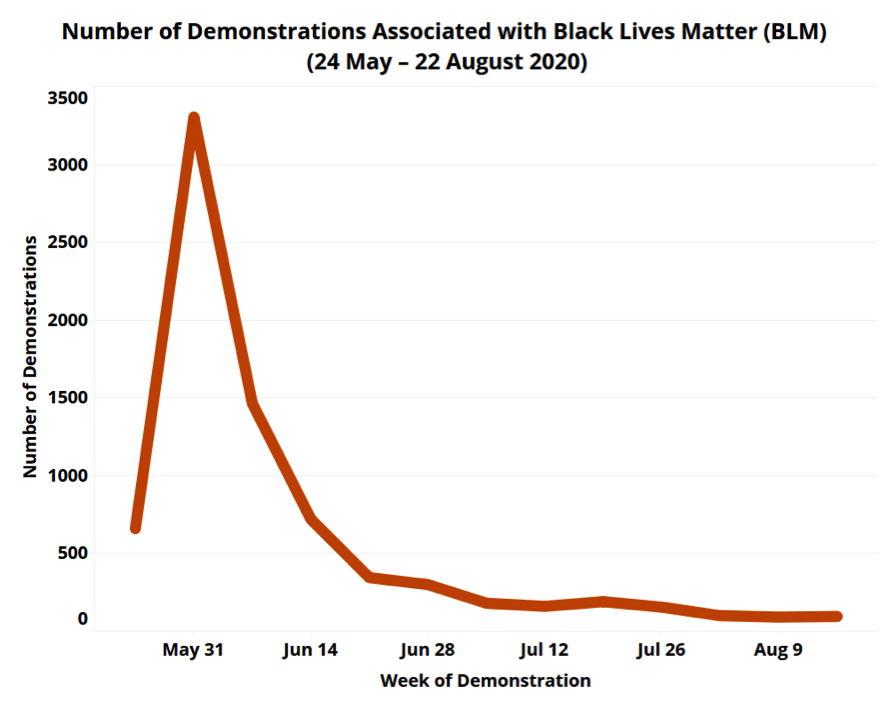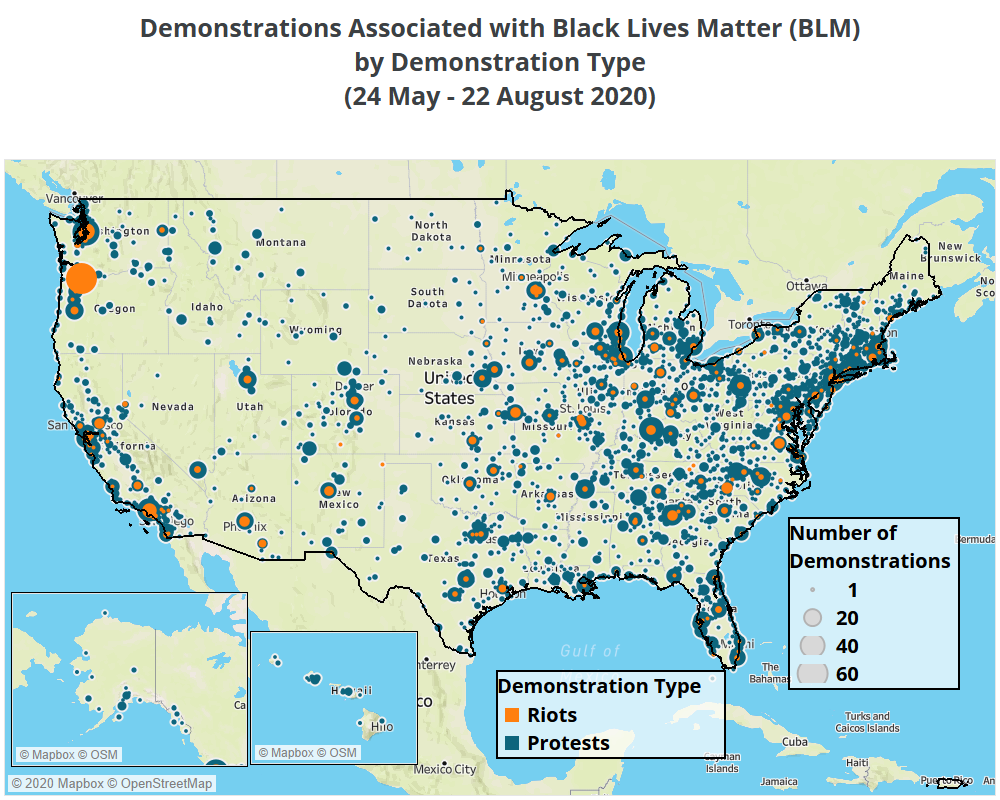1. Marketplace of Ideas (Discovery of Truth) -
The first value of Free Expression is the Marketplace of Ideas. It explains that through competition, superior products sell better than those which are inferior. It uses competition to judge its' reliability. Therefore, the theory criticizes the use of censorship, and instead encourages others to use their First Amendment right to express their ideas. The concept of the freedom of speech and press comes from John Milton's 1644 pamphlet, Areopagitica, that was published as a response to the Parliament restricting what can be printed.
2. Participation in Self-Government -
The second value of Free Expression is the Participation in Self-Government. Philosopher Alexander Meiklejohn argued that under the First Amendment, self-governance justifies freedom of speech. He additionally believed that the main purpose of the First Amendment is to ensure that voters are capable of making well-informed choices about their self-government.
3. Stable Change (Safety Valve) -
The third value of Free Expression is Stable Change. This concept stems from philosopher Benedict Spinoza's Tractatus-Theologico Politicus. In it, he defends freedom of thought and expression. His ideas laid the foundation for several political societies, including that of the First Amendment to the Constitution of the United States. His idea was later adapted into the safety valve theory; a philosophical justification of the right to protest, which is heavily emphasized in the First Amendment.
4. Individual Self-Fulfillment (Self-Actualization) -
The fourth value of Free Expression is Individual Self-Fulfillment. This theory comes from C. Edwin Baker's "liberty model" which was created to be an alternative to the marketplace of ideas. Baker's model suggests that the freedom of speech promotes the values of self-fulfillment and self-realization.
5. Check on Governmental Power (Watchdog Role) -
The fifth value of Free Expression is the theory of Checking Value. This theory, was proposed in Vincent Blasi's 1977 essay, The Checking Value in First Amendment Theory. It explains that the media has a role in the system of checks-and-balances. We (the media) essentially act as a "watchdog" to the government.
6. Promote Tolerance -
The sixth value of Free Expression is the Promotion of Tolerance. Lee Bollinger proposed this theory in his 1986 essay, The Tolerant Society: Freedom of Speech and Extremist Speech. Bollinger explains that freedom of speech normalizes extremist speech and protects it, allowing for society to form their own norms on what is and is not okay to say.
7. Promote Innovation -
The seventh value of Free Expression is the Promotion of Innovation. This theory was proposed by Jack Balkin in his book, Living Originalism. In it, he claims that communities in which free speech is valued and protected are more diverse, due to the idea that people feel more inclined to express their own opinions.
8. Protect Dissent -
The eighth and last value of Free Expression is Protecting Dissent. Steven Shiffrin, in his book, Dissent, Injustice and the Meanings of America explains that our system is not supposed to be that of a "mob view." Instead, he argues that we have the right to criticize the government; that it is in fact, our patriotic duty to do so.


